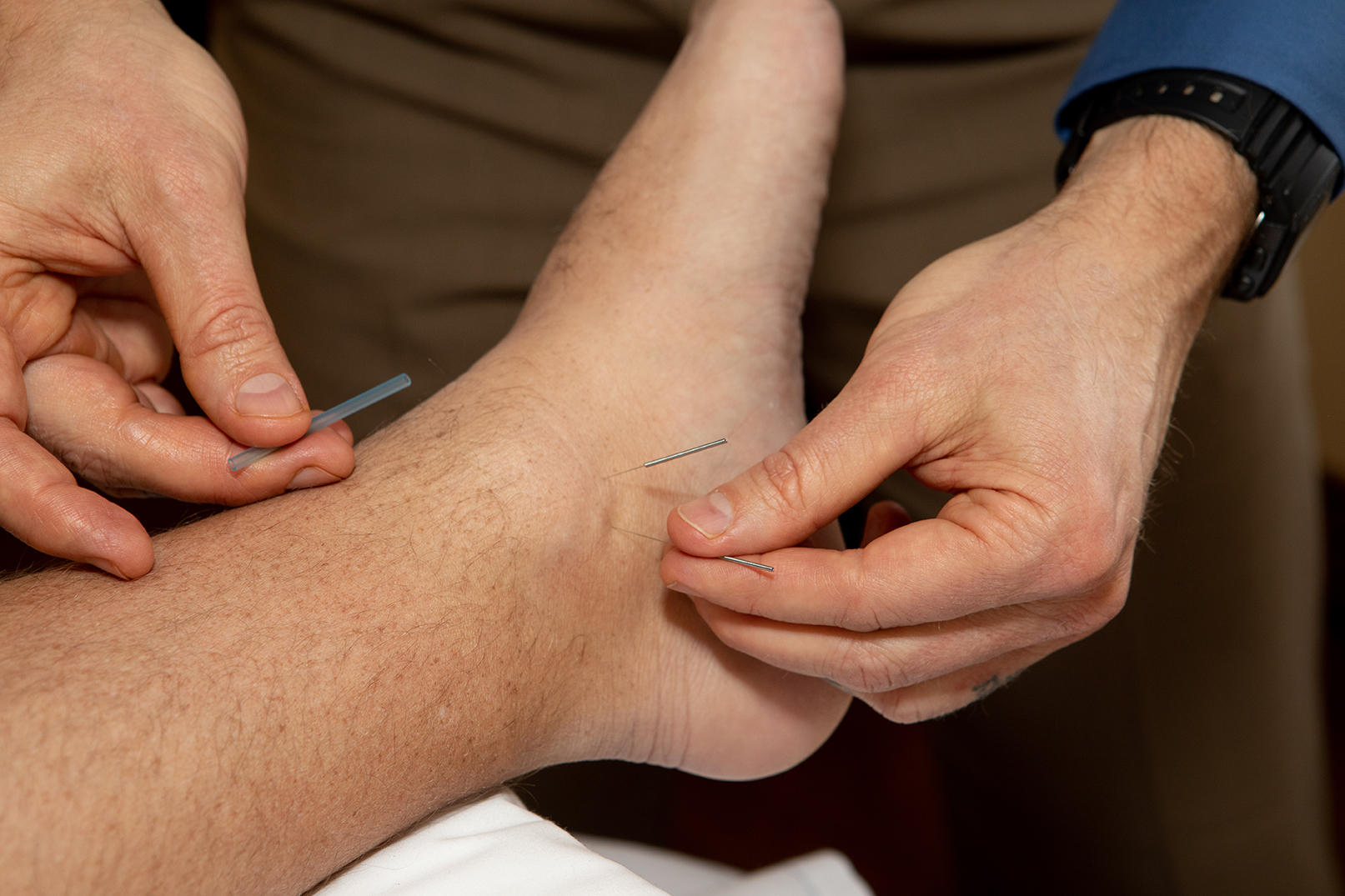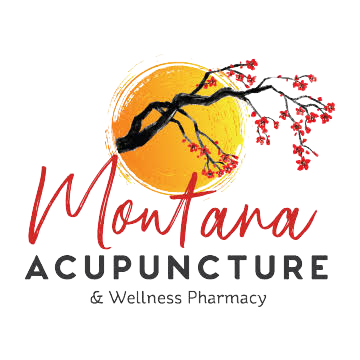
What is Dry Needling?
Dry needling is a refined modern approach to a technique in Acupuncture called ‘ah shi’ needling. The two techniques are virtually identical in there practice. They only differ in the terminology used to explain the practice of the technique and the mechanism of action.
Both ‘ah shi’ needling and ‘dry needling’ techniques are practiced by palpating locally and distally from an area of pain to find ‘knots’ or ‘nodules’ in the fascia and taught bands of muscle fibers. In the ‘ah shi’ technique a filiform acupuncture needle is inserted directly into these ‘ah shi’ points and manipulated to attain a muscle twitch or fasciculation. The same technique is used in ‘dry needling’.
The term ‘dry needling’ was coined by the late Janet Travell, the mother of trigger point therapy and John F. Kennedy’s personal physician. Myofascial trigger points are hyperirritable spots in the fascia surrounding skeletal muscle. They are associated with palpable nodules in taut bands of muscle fibers. Trigger points were discovered and mapped out by Janet and her team.
Originally, hypodermic needles filled with varying solutions of procaine (steroid), an anesthetic, or saline, were used. The therapy worked with all different types of solutions so they postulated if using no solution would work. They used a hypodermic needle with no solution, a ‘dry needle’, and that worked just as well. And the term ‘dry needling’ was born.
In Montana, after a long legislative battle between PT’s and Acupuncturists, the Montana Board of Medical Examiners has a allowed PT’s to practice ‘dry needling’. Many states do not license PT’s to practice ‘dry needling’ because it is not considered part of their practice by laws.
Acupuncture has a broader physiologic effect than dry needling and can be used to treat other internal organ and gland conditions in addition to acute and chronic pain.
